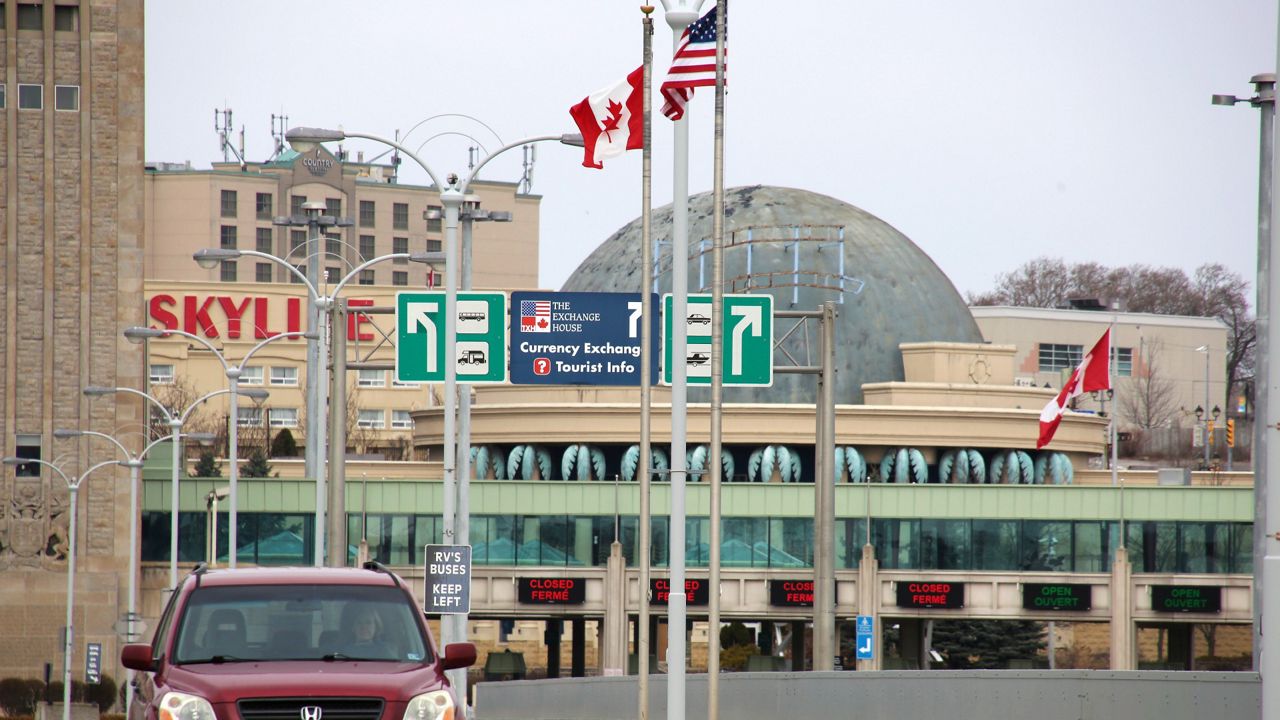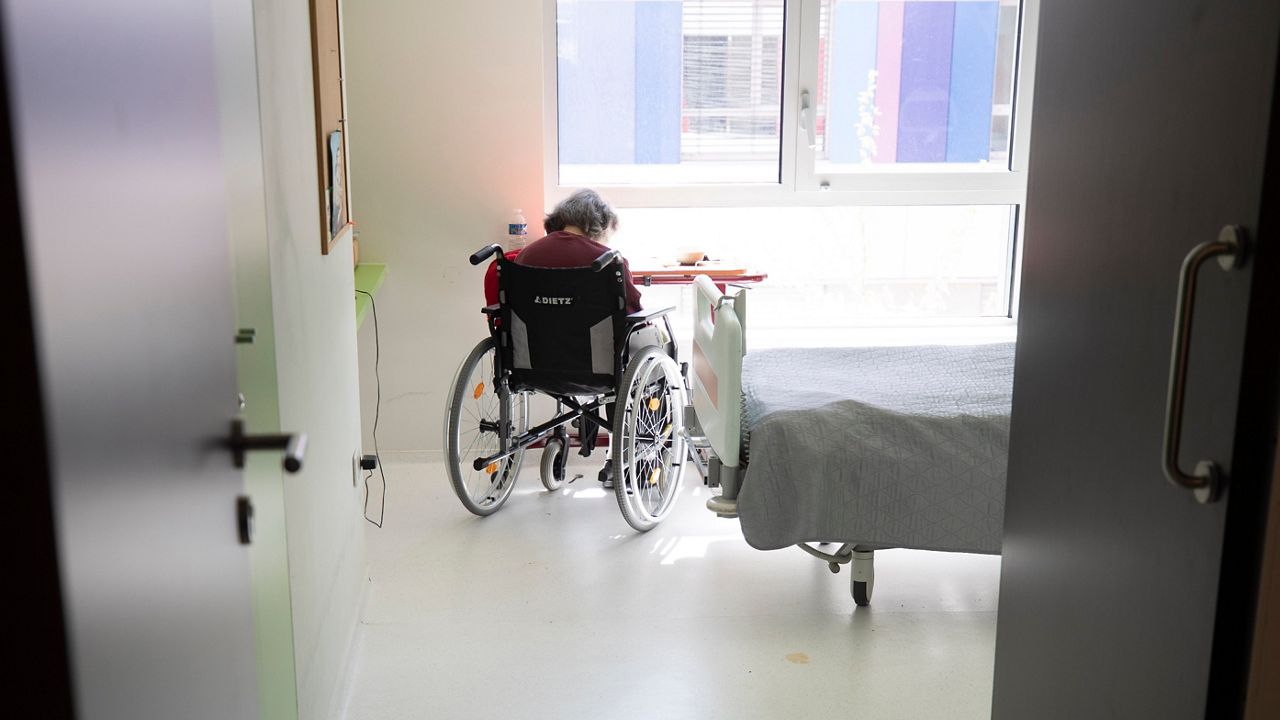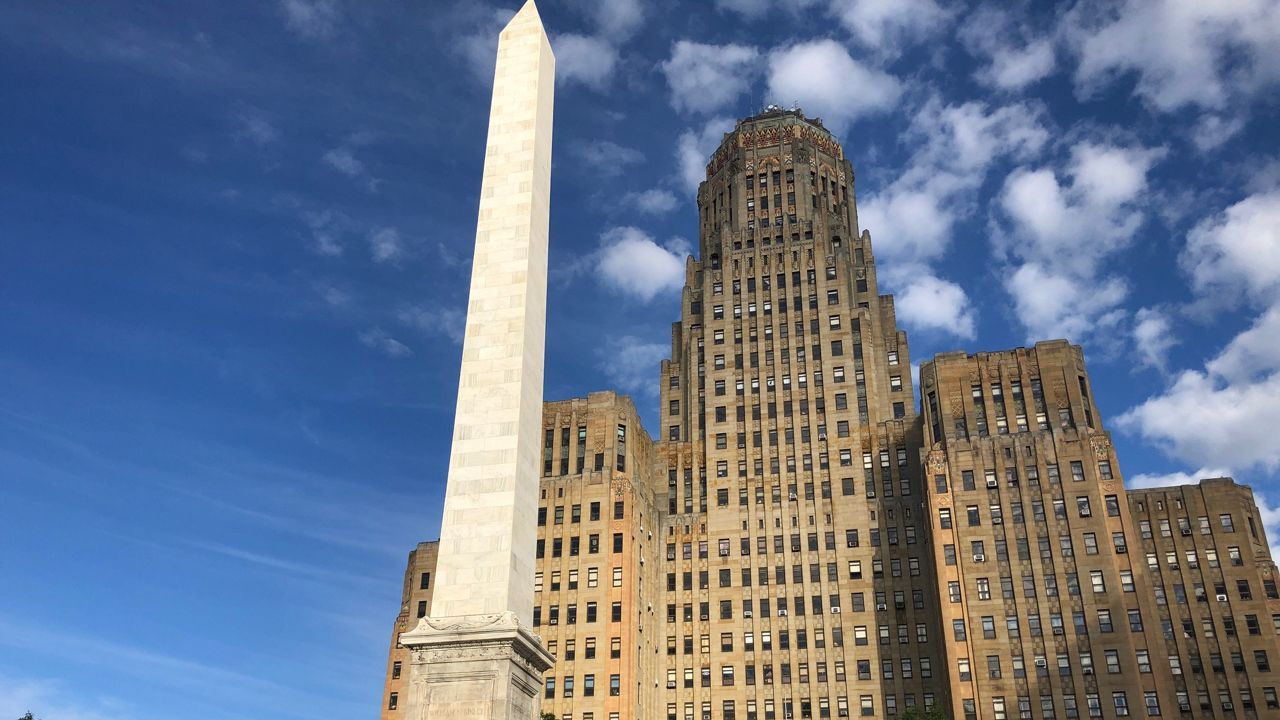BUFFALO, N.Y. — A comprehensive third-party report commissioned by the City of Buffalo and conducted by New York University's Wagner Graduate School of Public Service to review the city's response to the December 2022 blizzard identified four key areas of focus:
- Road access and snow removal
- Reliability of the power grid
- Communication between governments, agencies and the public
- Equity issues that led to a disproportionate impact for Buffalo's poor and minority communities
Buffalo Mayor Byron Brown said the city has already taken its cue from the report, including hiring an emergency manager, a fleet manager, securing new snow removal and rescue equipment and developing the most comprehensive snow plan in the city's history.
"When you look at the depth and breadth of this plan, it is light-years ahead of other plans that have been developed in years past," Brown said.
The mayor said the city is also taking steps toward implementing other crucial priorities identified in the report. He said it is beginning to expend enrollment in the BUFFALERT, text alert system and other efforts, including a public service announcement partnership with Spectrum, part of our parent company Charter Communications, digital signage and use of the federal Integrated Public Alert and Warning System has improved communication with the public.
The report also recommended funding and constructing two new public works facilities. Brown said the city has secured $10 million from New York state toward replacing the Broadway Barn, a pre-Civil War armory converted to a storage facility, has identified a potential site and developer but still needs to raise roughly $60 million more.
"All of the things that have been recommended, all of the things that could be used, are beyond the city's ability to purchase at one time," Brown said.
The city, at the recommendation of the report, has also identified at least one warming shelter in each council district. However, University District council member Rasheed Wyatt said those shelters are not conveniently located in every neighborhood and the city is working with the school district to potentially make its buildings available in an emergency.
Wyatt also believes the city could be further ahead if it had better utilized federal American Rescue Plan dollars.
"Until we get that real snow, we don't know how far we've come along from last year to this year," Wyatt said.
Meanwhile, the New York State Division of Homeland Security and Emergency Services engaged consulting firm Guidehouse to do its own after-action review.
"We wanted to make sure that if that ever happened again, we were prepared to manage it in a way that protected life and protected property," DHSES Commissioner Jackie Bray said.
Its recommendations focused on Communications, Technology, Capacity and Coordination.
Among them it recommends:
- The state encourage local governments to utilize a single online incident management system, NY Responds, and provide them with more training and user-friendly guides on it
- Adding a chapter on blizzards to the Comprehensive Emergency Management Plan
- More coordination and training with local governments in various aspects of protocol and response
Bray said the department has made great progress.
"We have taken action in all of them," she said. "Some of them are in process but for each of the recommendations that the report made, we have taken action on it."
Both reports put emphasis on better communication to the public, including utilizing traditional and new media and using clear and specific language to convey potential danger.










